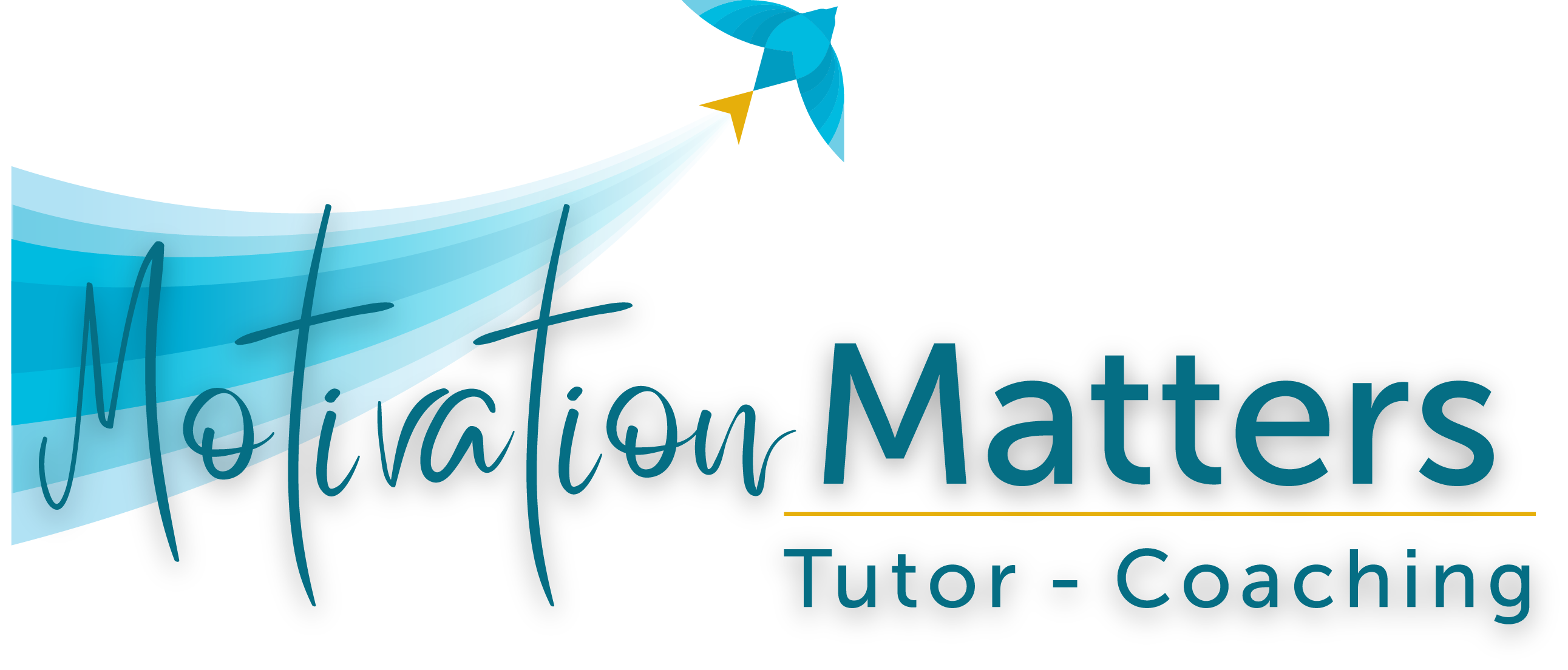Would it be useful to learn and upskill with greater ease? Focus better? Remember more? Get better results as you work, solve problems, and make decisions? Think critically? Just looking at critical thinking, a whopping 94% think that it is “extremely” or “very important.” But they also find those skills lacking in the general public. Worse yet, 60% report that this essential thinking skill was not taught in school.
“Cognitive performance” covers our multi-faceted interest in getting better thinking, memory, performance, productivity, and brain health. There are numerous blogs, courses, and even apps for brain training, mindfulness, memory, brain fitness, creativity, problem solving, critical thinking. It’s even big business as brain supplements for a better brain flood the market.
Understandably, even the best of these can’t do the whole job. They address parts of cognition and, like a one food group diet, aren’t able to nourish the whole. What’s needed is a whole systems view – one that’s effective and useful over different contexts.
Mental Networking is that systems approach. It’s a way to use our intellectual abilities wherever thinking is called for. It’s an exciting and surprisingly easy method to gain the mental sharpness we’re after. This introductory blog will get you started using more of what you already have! It covers:
Why aren’t nootropics good enough?
You hear a lot about Cognitive Enhancers – all the supplements you can take to think better, be sharper, remember more. Known as nootropics, these “smart drugs” can be prescription meds or over the counter products. They typically promise increased attention, memory, creativity, or even mood. In short, they’re what we all want – mental sharpness. Whether you’re a student who wants better test scores, a professional who seeks a creative edge, or grandpa who longs for an end to senior moments, mental sharpness has no age limit.
Marketers get it. This is a 7.6 billion dollar industry that’s projected to more than double by 2030. What marketeers don’t tell you is that many of these substances have little to no verifiable results, and can have serious side effects, including drug interactions, surgical risks, and reduced chemotherapy effectiveness.
Here’s a thought: nootropics and Mental Networking (our focus) have some things in common. Both seek to improve learning, memory, recall and, ultimately, productivity.
But there are some critical differences.
- Nootropics work on your biology, specifically your brain chemistry. That’s where billions of neurons, or brain cells, are stimulated to link up with each other in networks that perceive and react to experience. Nootropics can rev up that process and your brain machinery, temporarily and when you take them. (Of course, there are times when that is very useful and drugs, particularly prescription meds, are the right choice.)
- Mental Networking activates your mind. That includes conscious reasoning, perceptions, emotions, memory, desires, and motivation. It’s all available to your conscious operator who can make choices that build the most useful networks on purpose. These networks improve attention, thinking, long-term memory, and recall. Impressively, these improvements last!
Lasting improvement is what we want! And that’s what Mental Networking accomplishes. When we activate the mind, neurons fire and wire. Called neuroplasticity, the reused connections get stronger; unused ones weaken and die. And the benefits are also exactly what we want: we get to “learn new things …, enhance cognitive capabilities …, boost brain fitness.”
In short, Mental Networking can improve the way your brain works and the way you think!
What Is Mental Networking?
Ever been distracted, disinterested, disorganized, confused, forgetful? Of course! We all have! Fragmented and undirected thinking are largely to blame. Here’s where Mental Networking could have saved the day.
What’s the difference between undirected thinking and Mental Networking? Let’s get specific. How do a home library and a city library differ? If you’re like many of us, books at home get stacked or “organized” by size. You can find what you want – usually. At your community library, every volume has a specific, locatable space on a shelf, because a librarian made logical and systematic choices. Her Mental Networking gets you right to that book every time!
In the same way, Mental Networking is a systematic way of thinking. It prompts the brain networks to fire and wire in the best way for successful future use. It’s where you deliberately choose what to pay attention to, why it matters, what connects to what, and how to store it all for later use.
Mental Networking is a brain-mind meld: in operational terms, it uses our thinking to organize the attention, motivation, comprehension, memory, and recall functions of the brain. And it does so in a logical way.
Mental Networking is a lot like people-to-people networking. There’s a logical process, or framework, that makes great connections. For networking with others, a successful approach is “introduce yourself …, ask questions …, find common ground …, explain what you do …, and exit gracefully.”
For thinking and enhancing it, a similar process works really well:
- Introduce the experience to yourself by paying attention to it
- Ask why it matters to increase your motivation
- Access what you know and comprehend what’s new
- Learn what’s useful
- Reflect on your results
Directed Mental Networking like this avoids the fragmented, time-consuming thoughts that hamper our best efforts. Better results and efficiency are real outcomes from Mental Networking. But that’s just the start.
It turns out that the way you think trains the brain to think that way. Using effective tactics makes the brain more effective, more efficient, more focused, increases attention, etc. Better processes get better results plus better future processing!
How do you make Mental Networking work?
Mental Networking is a deceptively simple approach to use. Keep in mind that it’s a way of thinking while you’re thinking. It’s a framework to use as you read, plan, communicate, solve problems, make decisions, or use any cognitive functions.
The framework is made up of these questions:
- What should I pay attention to? What’s the outcome I want?
- Why does this matter to me? What are the benefits?
- How can I do this to get the best results? What comprehension, learning, or reasoning skills should I use?
- Result: What’s the result? Is it good enough?
Answer each question with as much detail as you need. Then, wherever possible, do something with that. So, when you think of what the outcome is, set an intention or a goal. Or when the how question reveals methods, get the tools you need and plan to use your best strategies and skills.
In this way, your mind will activate the attention, motivation, reasoning, learning, and reflection functions. In addition, each one taps into your capabilities: the knowledge, know-how, and skills you have for the experience. So, for example, the what question accesses your background knowledge as well as your know-how for concentrating and goal setting.
This diagram illustrates how Mental Networking works.

Here are a few things to notice:
- The “what” and “why” questions are linked. They tend to happen together and finding positive answers to one increases both.
- The arrows go both ways. The process can be described in steps, but the reality isn’t always so neat. You can be in the middle of carrying out your how plans and skills only to find your concentration or motivation drop. Or you can look at the results and discover they’re not what you want. The solution? Re-ask the appropriate question and tap into the right capabilities again.
- Capabilities “sit” on brain processes. These are the brain function neurons that are available to be called on. They’re what forms the new neural paths we create as we understand, learn, realize, and develop our cognitive functions. This is where the magic of cognitive enhancement happens!
Last, but definitely not least, know that Mental Networking is not a time-consuming add on or extra step. The mind – the great synthesizer – needs little to no extra time to think about the questions, flash answers to your consciousness, and implement them. This is the ultimate in speed thinking!
In the End …
Mental networking is a framework to apply as you think. It
- activates your mind
- works via Neuroplasticity to fire and wire your best networks
- enhances learning, what you’re capable of, and your brain fitness
- is a framework to use as you think, read, plan, solve problems, make decisions, or apply any cognitive action
- uses just four question terms: What? Why? How? Results?
- improves your mental fitness
- is the ultimate in speed thinking
Mental networking is a free, effective, and efficient cognitive enhancer!
Intrigued? This is the first of 3 blogs on Mental Networking. Next time we’ll delve into how to access your capabilities and the fascinating world of mental awareness. Then, the last blog will cover getting to those brain processes and how to create lasting memory. They’re game changers for everyone!
But, in the meantime, just thinking about the what, why, how, results questions will tap into your very best knowledge, know-how, and skills – those capabilities you already have!
Be sure to sign up for our newsletter so that you’re the first to get the link to all of our new blogs. You won’t want to miss the next performance enhancer!
Don’t miss a single IN-Powering© article!
Sign up for our newsletter to stay up to date on all things MMTC.
Don’t miss a single IN-Powering© article!
Sign up for our newsletter to stay up to date on all things MMTC.


